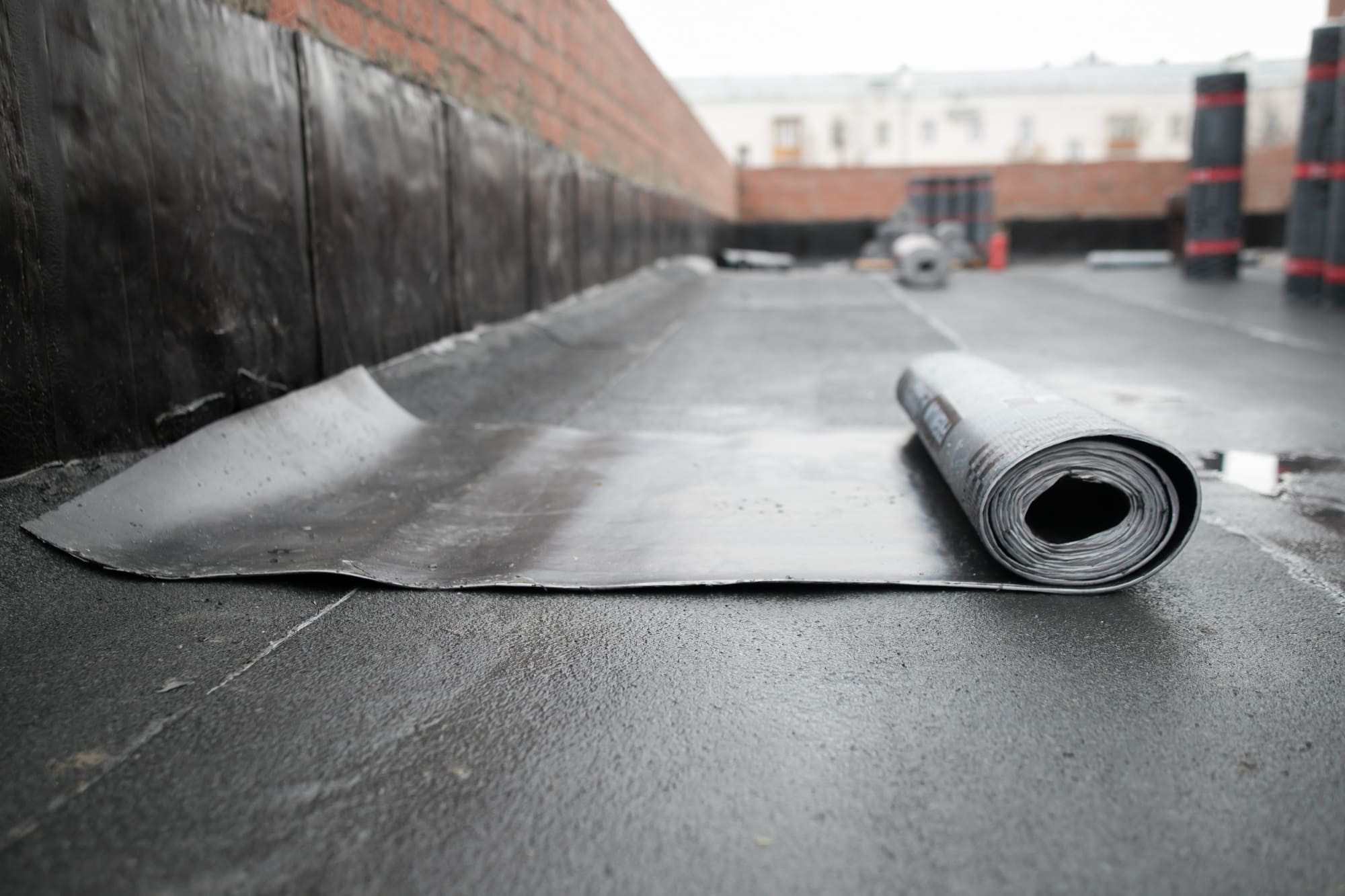October 1, 2021

Best roofing materials and their types – choose a solution that works for your commercial roof
The roof is the culmination of a long and tedious process of building a structure, whether for residential or commercial purposes; which begins with a solid foundation and ends with a strong roof. However, the type of roofing that such infrastructure will use for years to come will largely depend on several factors.
What kind of roofing works best?
As we mentioned previously in the introduction, roofing is the most important component of any infrastructure after foundations and therefore its workmanship must be perfect. However, if we were talking about roofing materials for large roofs, we have four types from which you can choose.
Asphalt felt – traditional roofing material, but is it the best?
Considered one of the most used and popular roofing materials in recent decades, asphalt roofing is characterized by being extremely durable and of excellent quality. There are two types of asphalt-based roofing: traditional roofing felt and thermo-weldable roofing felt. Although the former is a bit cheaper, it is not very resistant to tear and environmental conditions.
Weldable roofing asphalt, on the other hand, is much better due to the fact that apart from having the same characteristics of the traditional product, such as easy installation and wide application, they also provide tight joints and much greater durability. However, hot-welded roofing asphalt does not allow water vapor to pass through, making the roof prone to mold and mildew damage in the long term.
Metal sheet – is it better than roofing asphalt felt?
This material is generally chosen to cover long roofs, since it is relatively light and resistant, apart from that it does not require a roof truss to be installed. Roofing sheets are available in multiple colors and types of sheeting and can be used on roofs with different pitches (the minimum should be 9-10 degrees). They are generally protected against corrosion and covered with protective coatings.
Unfortunately, the metal sheet has a number of drawbacks. The first is that it has rather poor sound insulation, and therefore one can hear the smallest sound at any time of the day. Second, thermal insulation is not the best, since metal sheets can heat up very quickly in hotter months, and in colder months, heat can quickly escape through the roof slope. In general terms, the coexistence in the rooms will not be at its best in those times.
PVC membrane and EPDM membrane – what is it?
hough flat roofs are a more common choice for commercial buildings, residential homes are also great candidates for a flat roof. The low installation cost of a flat roof is making it increasingly popular amongst both commercial and residential clients.
Today’s Flat Roofs Are Better Than Ever
PVD membranes or EPDM membranes are contemporary materials that are becoming more and more prevalent in new large-scale construction today. These materials, apart from being transparent or translucent, are characterized by having fairly high elasticity and decent resistance to mechanical forces, as well as good waterproofing and thermal insulation capabilities.
However, PVC and EPDM membranes also come with their downsides. The membranes do not work very well in the renovations of existing buildings, since during their installation, it will be necessary to remove all the old covering (asphalt felt in this case), which will represent additional costs.


